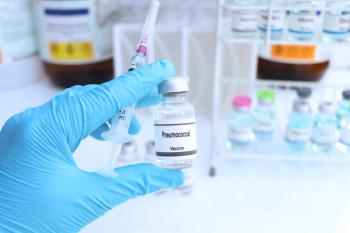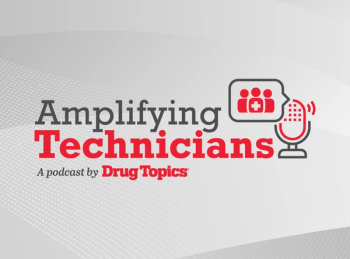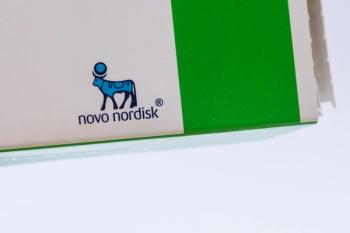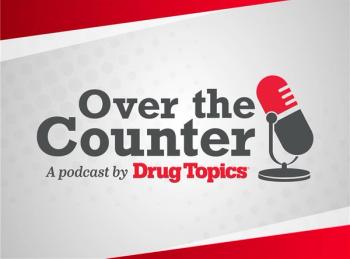
Total Pharmacy Solutions Summit Fall 2025: On-Demand Session Recaps
Ashley Moose, PharmD, owner of Moose Pharmacy of Monroe and director of network development at CPESN USA, capped off this fall’s event and discussed where to access sessions on demand.
On September 13, 2025, industry experts, stakeholders, and pharmacists working in community pharmacy gathered virtually for the Total Pharmacy Solutions Summit Fall 2025. This year’s fall sessions, the third installment of the Solutions Summit, focused on barriers and strategies for enhancing patient access and bringing value to patients in the community.
“There are many pharmacies that are investing time, energy, and support into clinical workflows to provide meaningful interventions,” said Ashley Moose, PharmD, owner of Moose Pharmacy of Monroe, director of network development at CPESN USA, and session moderator for the fall event.
“[Our speakers] challenged us to build bridges with our communities and patients to solve problems, not build onto their barriers, and to recognize those barriers that keep us all from supporting patients optimally,” she continued. “They described the differentiation between historical pharmacy measurements and measurements that demonstrate value to community pharmacies,” and so much more.
Read Moose’s closing remarks from the September sessions and learn why an event like the Total Pharmacy Solutions Summit is a can’t-miss for professionals working in community pharmacy settings. Also, to reap the benefits of this year’s event after the fact, be sure to visit the
Ashley Moose, PharmD: Welcome back to the Total Pharmacy Solutions Summit. We really thank you for your participation in today's event, as we discussed barriers and strategies for enhancing patient access and bringing value to patients by enhancing patient care. Our keynote speaker, Shantel Upshaw Houston, PharmD, provided an inspirational session encouraging the audience to look beyond the systems that we use and have in place in our community-based pharmacies and build upon the systems to help patients feel seen, heard, and supported. She challenged us to build bridges with our communities and patients to solve problems, not build onto their barriers, and to recognize those barriers that keep us all from supporting patients optimally.
Also throughout the day, we heard from Jake Galdo, PharmD; and Tripp Logan, PharmD, and they detailed ways that pharmacies are not all the same. There are many pharmacies that are investing time, energy, and support into clinical workflows to provide meaningful interventions. They described the differentiation between historical pharmacy measurements and measurements that demonstrate value to community pharmacies and the value that community pharmacies are providing. They challenged us to look within our workflows and our systems to consider what we can do in our community pharmacies to look differently.
Dani Markus, PharmD, MBA, shared the recent product enhancements of Outcomes and shared emerging opportunities with medical billing and clinical trials. Gina Manzi, PharmD, CSP, provided an overview of acid-related disorders and the appropriate treatment options, as well as considerations that we can apply to a large percentage of the patients that walk through our doors. Saeed Aboelzahab, MBA, provided us with a pathway in utilizing Medicare Advantage OTC cards and action items for optimizing use, uptake, and OTC cards in our pharmacies.
As we closed out the day, Anna Lin-Schweitzer, MPH; and Athena Rae Roesler, MPH, outlined opportunity areas for pharmacy-based health care services in areas of chronic disease, mental health, and behavioral health, [as well as] routine reproduction and sexual health. They described opportunities to provide bundled care for services of screening, adherence, prevention, and management. They also described opportunities to strengthen patient engagement and whole-person care by building out partnerships in the community pharmacy. To wrap up the day, we just heard from Rachel Selinger, PharmD, BCACP, CPP, CDCES, on iron deficiency anemia and treatment considerations in women's health. She provided a lot of tips that I know we can take back and assess with our patients that are often coming into our pharmacy seeking support.
The common things we heard throughout the day to enhance patient access and education involve engaging your entire pharmacy team, positioning your pharmacy to be a solution center rather than an added barrier to patients’ health outcomes, and looking for opportunities to network with others in your communities, such as public health, food banks, and other [organizations] that are ready to work with us.
Finally, this would not have been possible without the sponsors: NPhA, Cardinal Health, Outcomes, the Milken Institute, Seguridad, SureCost, and CPESN USA. Thank you for your attention today, and we hope to see you again soon!
On-demand videos of the general sessions from the
Also, if you are an independent pharmacist in New Jersey, New York, Pennsylvania, Delaware, Maryland, or Virginia, be sure to register for the
Don’t get left behind: Sign up today for our
Newsletter
Pharmacy practice is always changing. Stay ahead of the curve with the Drug Topics newsletter and get the latest drug information, industry trends, and patient care tips.

